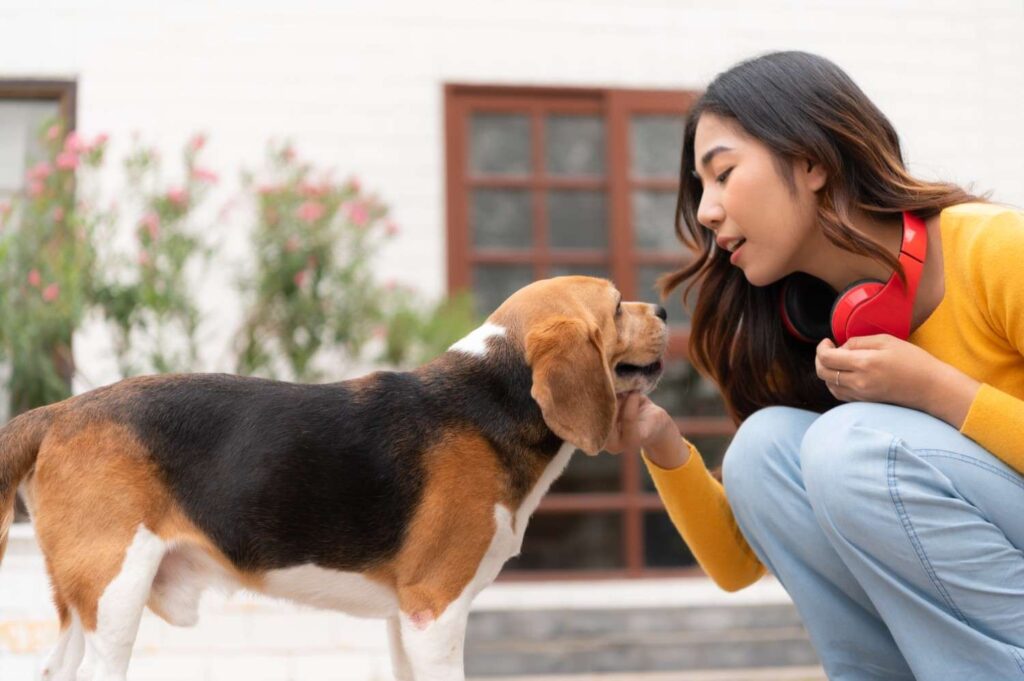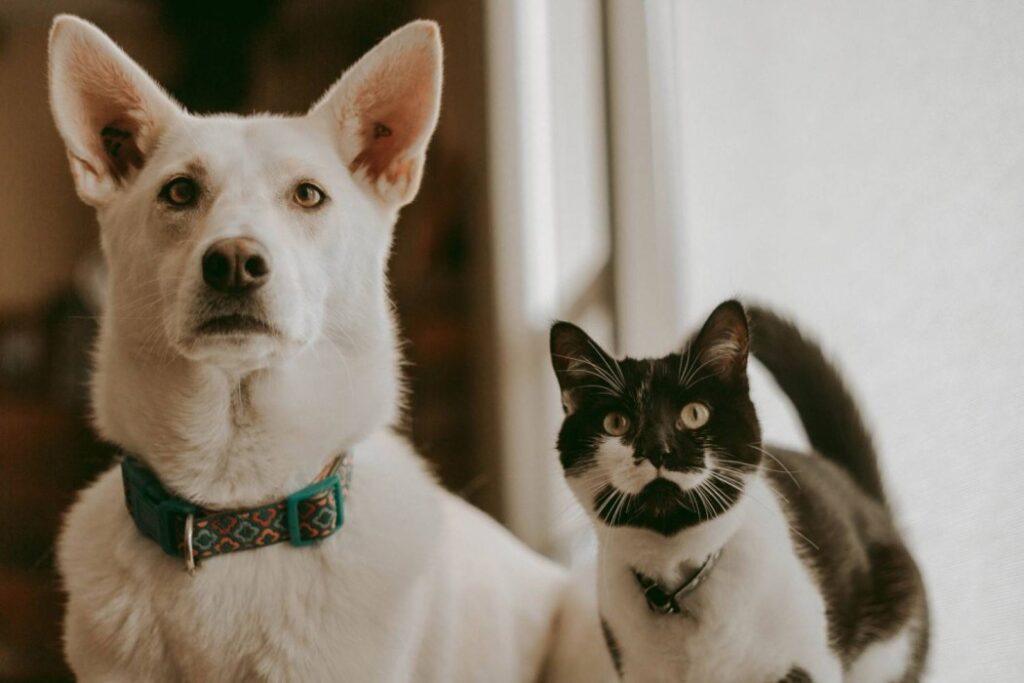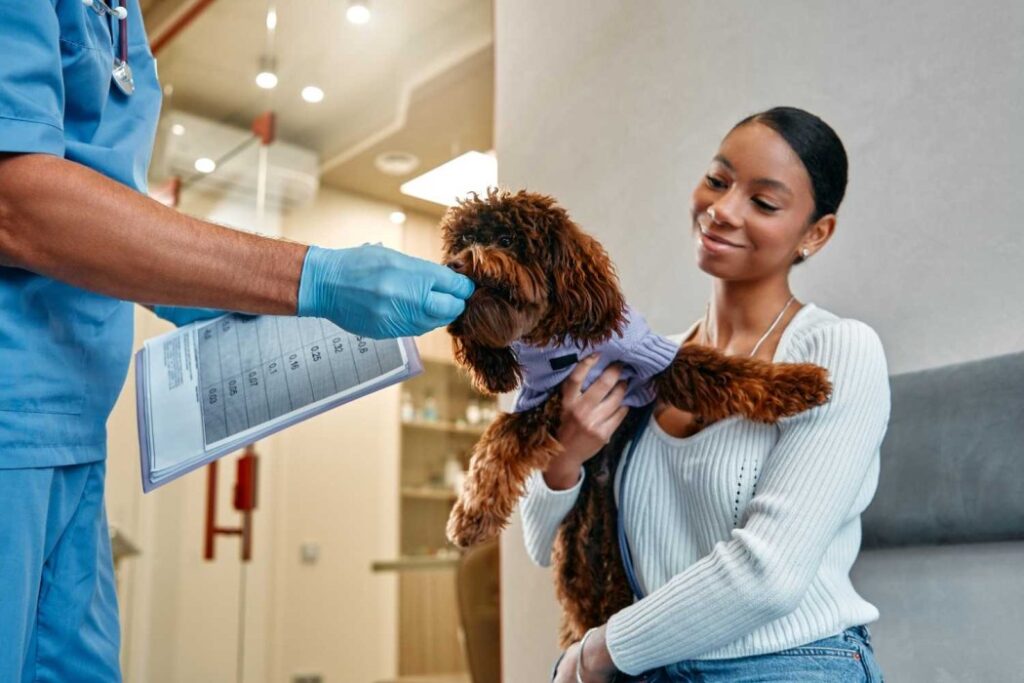The story of health hides beneath the fur of your canine buddies—grooming uncovers the keys to clear breathing, revealing the way to a dog’s respiratory well-being. Dog grooming is critical to a pet’s general health, particularly when it comes to respiratory problems. While dog grooming is concerned mainly with a dog’s looks, it also helps to prevent and manage respiratory disorders. Pet parents must understand the causes, symptoms, and effective treatment options for such conditions.

Causes of Respiratory Diseases in Dogs
Infections, allergies, pollution, and underlying health issues can all cause respiratory illnesses in dogs. Respiratory diseases can be caused by dust, pollen, smoke, and airborne particles. Bacterial and viral infections, such as kennel cough, canine influenza, and pneumonia, also affect a dog’s respiratory system. Furthermore, underlying conditions such as heart disease or brachycephalic airway syndrome might worsen respiratory difficulties.
Grooming Is Important for Respiratory Health
- Hygiene and Cleanliness
Regular visits to a dog groomer can be pretty helpful. Grooming practices, such as washing and brushing, aid in the removal of dust, debris, and allergens that can cause respiratory disorders. Clean skin and hair lessen the danger of illness and make breathing easier.
- Early Detection of Respiratory Disease
Grooming appointments allow a complete examination of a dog’s coat, skin, and eyes. Early detection of respiratory disease or infection indications can help provide early care.
- Coat maintenance
Brushing and detangling are an essential part of grooming for dogs. It helps avoid matting and makes breathing easier, lowering the probability of respiratory discomfort in dogs.
Symptoms of Respiratory Diseases in Dogs

Recognizing signs of respiratory problems is critical for maintaining dog health:
- Coughing and Wheezing: Coughing that is persistent or laborious, wheezing, or trouble breathing might indicate respiratory difficulties.
- Nasal Discharge: Excessive nasal discharge should be treated right once, especially if discolored or bloody.
- Sneezing and Eye Discharge: Frequent sneezing and eye discharge or redness may be signs of respiratory disease in dogs.
- Lethargy and Appetite Loss: Dogs with respiratory problems may experience lethargy, decreased energy levels, or appetite loss.
Tips for Treating and Managing Respiratory Diseases
- Consult a Veterinarian: If respiratory problems appear, get expert veterinarian treatment as soon as possible. Early detection and treatment will improve dog health.
- Medication and Treatment: To help with breathing, veterinarians may administer antibiotics, anti-inflammatories, or nebulization. Maintain strict adherence to medication regimens.
- Maintain a Clean Environment: Keep the dog’s living environment, including bedding, clean regularly to reduce the chances of respiratory disease in dogs.
- Humidify the air: A humidifier in dry locations might help dogs with respiratory issues.
- Hydration and Rest: To help with healing, make sure your dog remains hydrated and gets plenty of rest.

Role of Grooming Practices
Following are some ways in which dog grooming can enhance the well-being of our canine companions:
- Brushing and Detangling
Regular grooming for dogs promotes airflow and avoids respiratory irritation by avoiding matting and removing dirt.
- Ear and Eye Care
The top dog grooming professionals gently clean your ears and eyes to avoid infections that might lead to respiratory problems.
- Nail Trimming
A professional dog groomer suggests keeping your nails clipped, which lowers your chance of unintentional damage or discomfort that might interfere with your breathing.
- Professional Grooming
Visiting top dog grooming professionals regularly ensures complete treatment, including coat trimming and general cleanliness.
Conclusion
Dog grooming is essential for a pet’s respiratory health and appearance. Maintaining cleanliness, identifying early symptoms of discomfort, and using suitable grooming techniques can help prevent, manage, and cure respiratory infections in dogs. Vigilance, frequent veterinarian check-ups, and consistent grooming practices ensure a pet’s respiratory health, resulting in a healthier and happier canine friend.
PawCare offers a comprehensive solution for all your pet grooming needs. Discover nearby pet groomers through PawCare, ensuring your furry friend enjoys a delightful day of pampering and grooming.
Explore PawCare for detailed insights into the world of pet grooming.

0 Comments